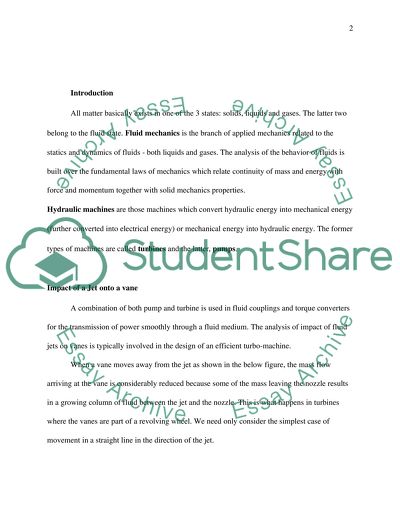Cite this document
(“Hydraulic Machines Essay Example | Topics and Well Written Essays - 1000 words - 1”, n.d.)
Retrieved from https://studentshare.org/miscellaneous/1549217-hydraulic-machines
Retrieved from https://studentshare.org/miscellaneous/1549217-hydraulic-machines
(Hydraulic Machines Essay Example | Topics and Well Written Essays - 1000 Words - 1)
https://studentshare.org/miscellaneous/1549217-hydraulic-machines.
https://studentshare.org/miscellaneous/1549217-hydraulic-machines.
“Hydraulic Machines Essay Example | Topics and Well Written Essays - 1000 Words - 1”, n.d. https://studentshare.org/miscellaneous/1549217-hydraulic-machines.


